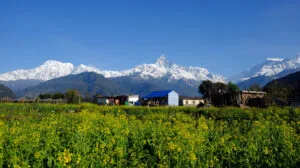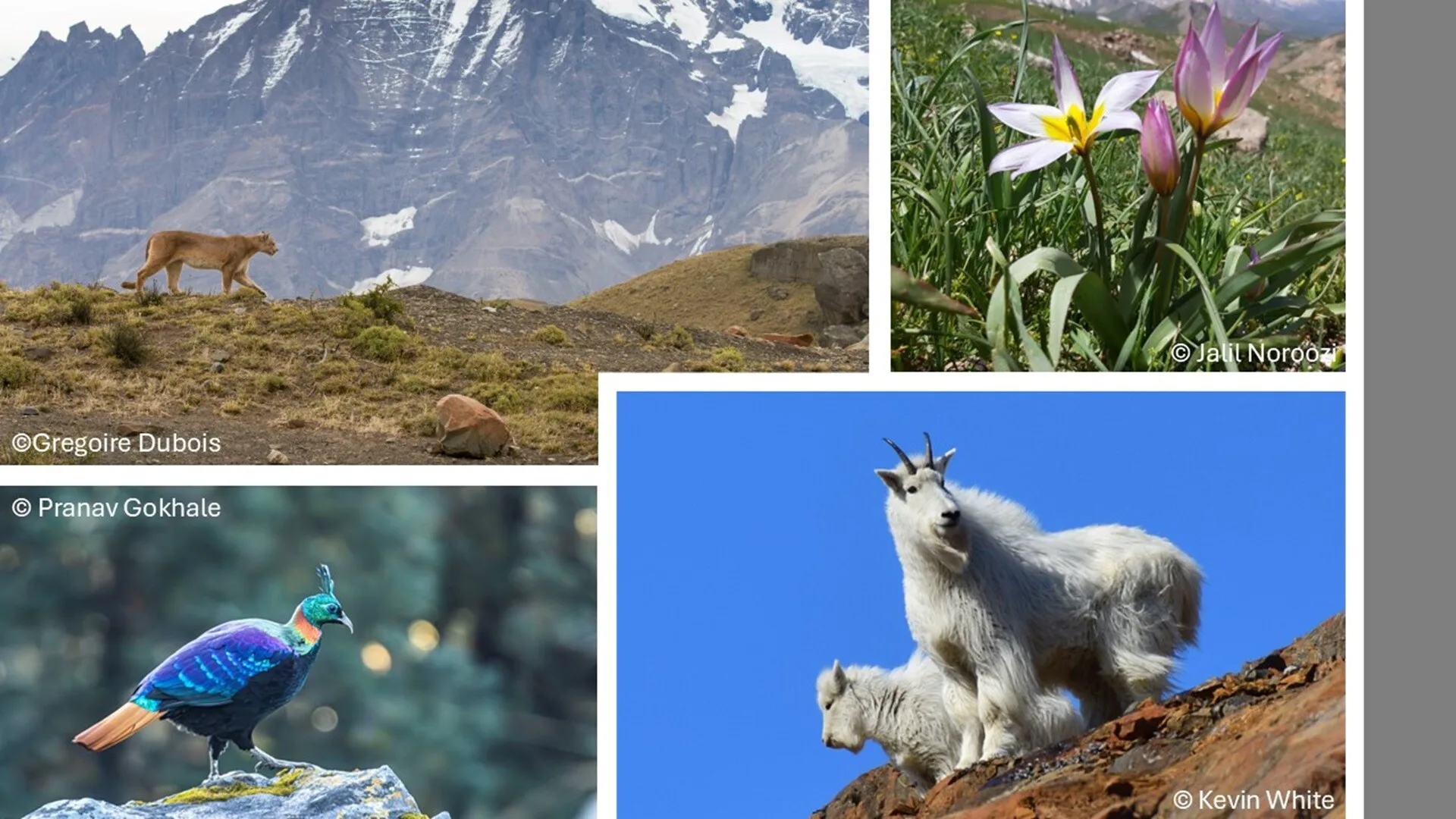Abstract/Description
Mountains offer unique opportunities to investigate diversity patterns and their underlying drivers across elevational gradients. This research aimed to study the species richness, abundance, and distribution patterns of Geometridae moths along the elevational gradient of the Dhauladhar Mountain Range (DMR) in Himachal Pradesh, India, which comprise the North Western Himalayan Biogeographic Province (2A). Field surveys were conducted following a stratified random sampling design, with sampling sites randomly selected across different forest types at every 300 m elevational interval. Geometrid moths were sampled using LepiLED light trap and vertical (chequered) white sheet method at 34 sampling sites during pre- (April–June) and post-monsoon (September–October) seasons, from September 2020 to June 2022. For habitat covariate data, we recorded hourly variations in the selected environmental variables for each light trap session and vegetation data at every sampling location. Results from the analysis revealed a hump-shaped pattern of species richness and diversity along the elevational gradient of DMR, with higher richness and abundance during the post-monsoon season. Beta diversity patterns were primarily driven by species turnover, with environmental filtering being more important at higher elevations. The findings provide the first-ever and most comprehensive baseline data on geometrid moth diversity in the area, emphasize the need for future integrated ecological and evolutionary studies, and highlight the importance of conservation efforts in light of climate change and human-induced land-use changes, particularly in high-altitude habitats.


